Browns Island Mussel Reefs
Or what is left of them! Even the oysters are swamped by mud from the Tamaki estuary. Wikipedia needs updating:
“The flatter areas to the west have very large part submerged mussel beds which extent out 100 m (328 ft) from the shore preventing easy landing”.
Now the exposed rocks are surrounded by thick mud.
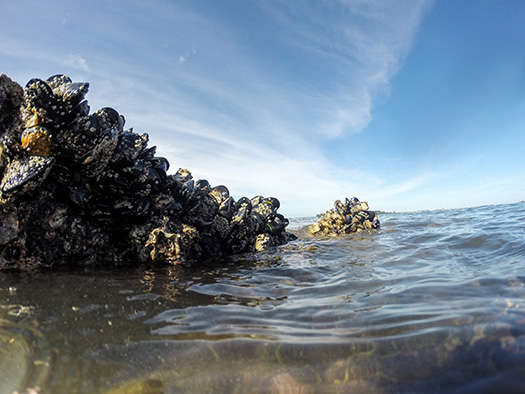
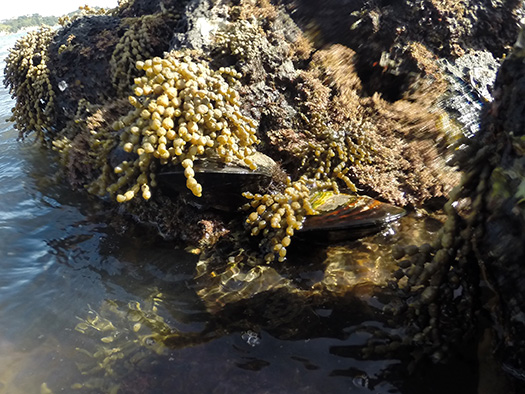
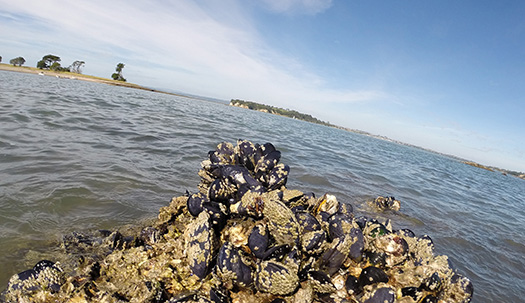
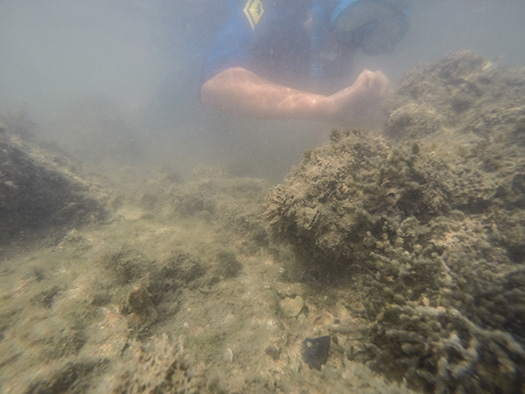
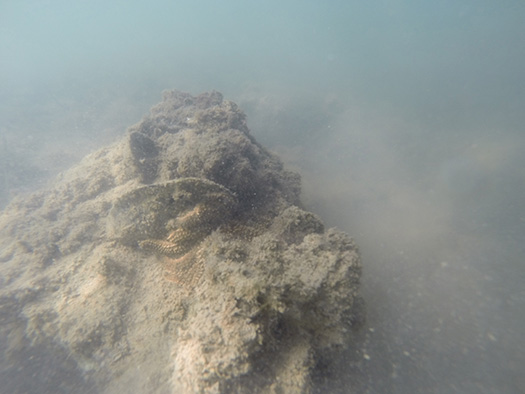
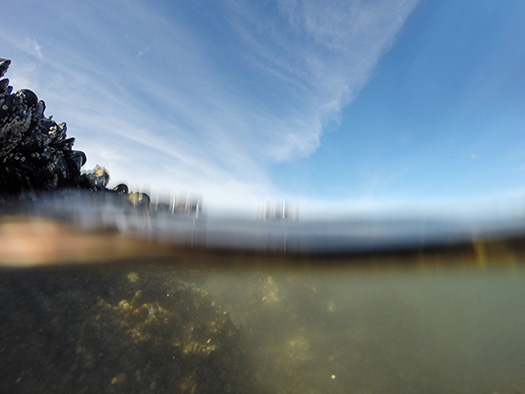
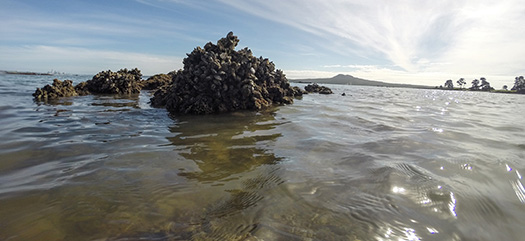
Mission Bay Mussel Reefs
I was very pleased to see so many green lipped mussels here. I thought it might be interesting to survey them as there size and abundance are good indicators for how a restored reef might manage this close to Auckland City.

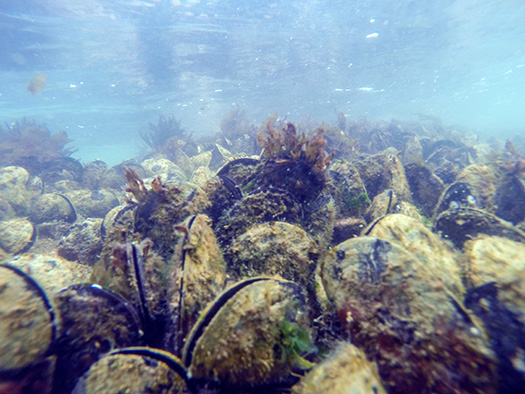
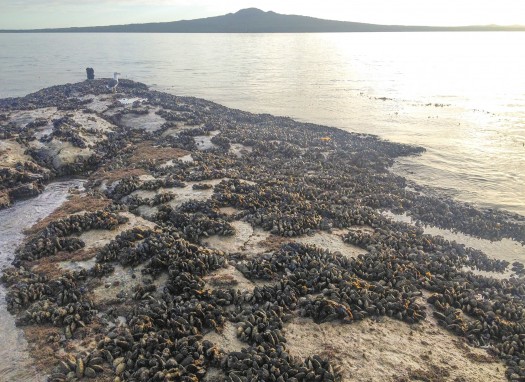
I saw the odd blue mussel, cats eye, kina, eleven arm, cushion star, asian tunicate and fanworm but green lipped mussels were by far the dominant species. There were only a few spots where oysters and barnacles were coming out on top.

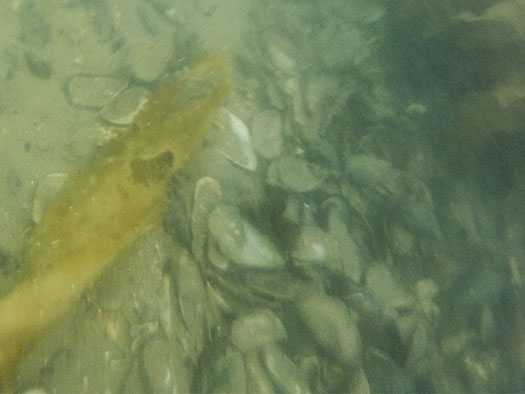
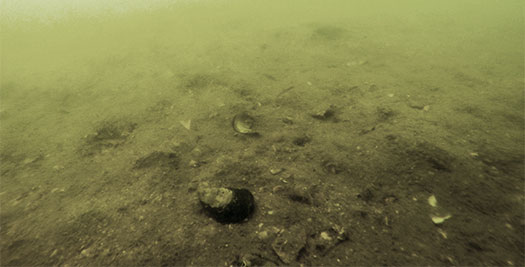



Most mussels were 7-8cm long. But there were a few around the 10cm mark. I think I was looking at two generations?
UPDATE: November 2016
The green lipped mussels have been heavily harvested. There are maybe 20-30 adults left across both reefs. Some juveniles amongst the remaining blue mussels. Rock oysters and blue mussels now the dominant species.
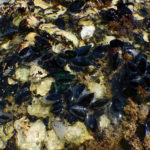
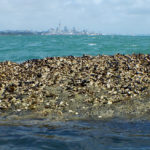
Times
 While I was cleaning up this rusted oil barrel that had been dumped near a stream in Selwyn Bush decades ago, I thought about how “times have changed”. I guess all I need to do is make them change faster.
While I was cleaning up this rusted oil barrel that had been dumped near a stream in Selwyn Bush decades ago, I thought about how “times have changed”. I guess all I need to do is make them change faster.
A Dotterel Breeding habitat at Tahuna Torea
After the last count of 50 Pukeko at Point England I am considering trying to find a better breeding habitat on the Tamaki Estuary for the local Dotterel. Michael Taylor can’t recall Dotterel showing any interest in the tidal mudflats in the lagoon area at Tahuna Torea. I am wondering why, as this seems the perfect spot.
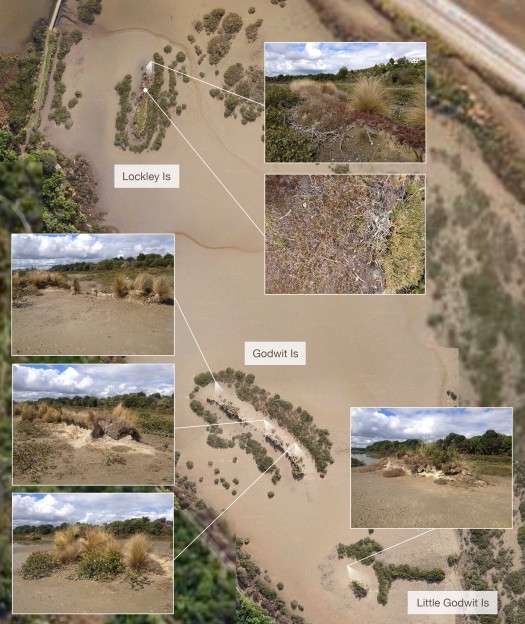
Mangroves and other vegetation would need to be cleared to give the birds a 270° view. Gwenda Pulham made the observation that there are no sand hoppers to feed chicks and I should read HANZAB. Which states “Usually feed on firm exposed mudflats, sand or stones; avoid soft sticky mud, e.g. near mangroves.”
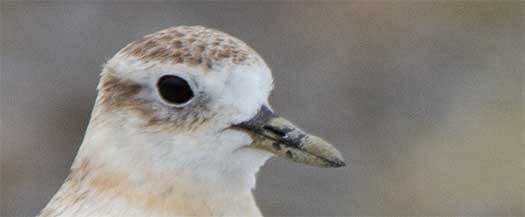
So how sticky is too sticky?
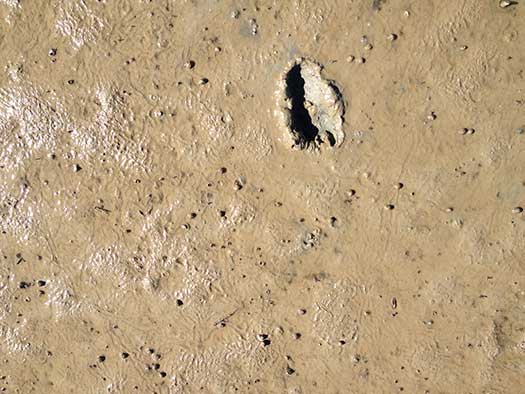
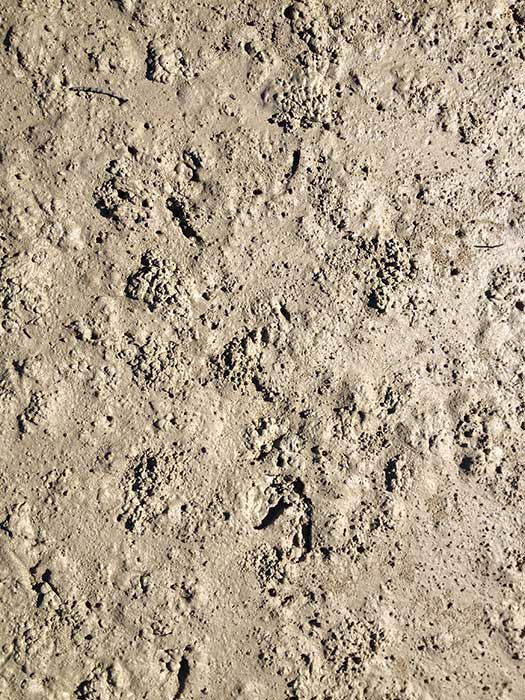
The odd Pukeko and roosting Caspian Tern is seen on the flats, and occasionally a Banded Rail. But mostly it’s White Faced Herons and Pied Stilts.
If it has a 30% chance or working then I am keen to:
- Clear dense vegetation from the islands.
- Remove or trim a large amount of the mangroves.
- Import shell.
- Reinforce the islands.
- Experiment with decoys.
UPDATE: May 2014: Experts think this is a long shot and that I have a better chance of dealing with the Pooks at Point England by poisoning them. But an even better idea is Chick Shelters!
UPDATE: March 2024: Well that worked after all!
Business Pollution Prevention Programs
Pest Monitoring
Monitoring Tunnel (S6) Selwyn Bush 24 March 2114

MY IDs: Using this guide
S1 –
S2 Rat
S3 Rat & Hedgehog
S4 Hedgehog
S5 Mouse
S6 Mouse & Rat (confirmed by Camera Trap)
S7 –
S8 Rat
S9 Rat
S10 –
This gives us a an Autumn result for 2014 of 56% Rat, 22% Mice, and 22% Hedgehog.
Wax Tags

These are only ones with marks, note S10 had no wax tag. I assume because of the ink markings and camera data they were both mouthed by rats. I am surprised there is any wax left on S6 given the amount of times the rats ran unto/past the tag (camera observations). On further inspection I think S6 is the only conclusive rat bite. Next time we should leave these out for 7 nights.
Philosophy
I found this old thing on my hard-drive. Might help me get focused.
I think the obvious answer is a wetland because those environments were hardest hit buy farmers. Tho interestingly I do not know much about threatened wetland species. Our rivers and shorelines face a lot of commercial & recreational pressure. A wetland also sits at an interesting intersection:
- When I visit forests I hear a lack of quality in the silence (lack of bird life)
- When I drive through the countryside I see a lack of quality in the monotonous monocultures.
- When I kayak in NZ, the water feels empty. I think for me — quality is biodiversity and the water is overfished and often polluted.
It would be magic if I could fill all three buckets with one hose.
Banding Dotterel at Tāwharanui

Green Lipped Mussels discovered at Okahu Bay
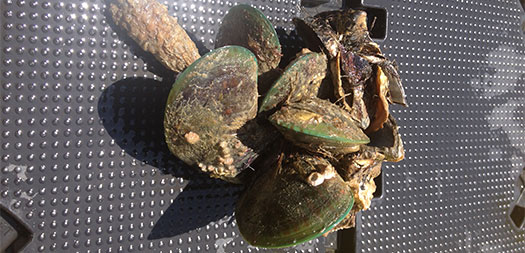
These guys found a lot of bio-diversity in the muck http://www.globaldive.net/orakei-pier-auckland/ I look forward to doing a similar dive when I am more experienced.











